Essential CPR and First Aid Skills Required for Childcare
It is extremely important for anyone who works with children on a regular basis to know how to properly care for them in the event of an emergency. A childcare provider is required by law in many areas to possess and maintain basic first aid skills and stay up-to-date on the proper administration of childcare CPR. Statistics show that more than 12,000 children die each year from medical emergencies that could possibly have been prevented if the childcare provider had been properly trained in life-saving techniques. This training will ensure that these providers will be able to administer effective, life-saving assistance quickly in any pediatric emergency.
Training Objectives
Individuals who work with or care for children understand that they may be required to respond to a pediatric emergency that requires them to respond quickly and efficiently. Comprehensive training courses prepare these providers for a variety of emergency situations that may occur with children. Training courses enable them to be more confident in recognizing and responding to these emergencies. They must know how to calmly react and assist children when confronted with life-threatening situations.
Differences in CPR for Children and Adults
Adults and children alike are vulnerable to medical emergencies, but there are several factors that must be taken into consideration when responding to a pediatric emergency. While cardiac arrest is fairly common in adults, it is relatively rare in children but does occur under certain circumstances. Special needs children or drowning victims may require this life-saving procedure. Many training programs include CPR training for all childcare workers. Because children have smaller bodies that are prone to injury from hands-CPR, they require much less vigorous compression tactics. They require that rescue breaths be included in CPR training, as well as manipulation strategies. The primary emphasis for child/infant CPR should focus on gentle stimulation.
Learning Back Blows and abdominal thrusts
Individuals who care for children in many different settings including daycare, nurseries, and preschools must be familiar with and skilled in performing abdominal thrusts or back blows. Children are much more likely to choke than adults because of the structure of their mouths and their propensity to put things in their mouths. They face a much higher risk of choking because of their narrow airways. Just as being highly skilled in childcare CPR should be a priority when working with young children, understanding how to respond to choking is critical.
Basic First Aid for Children
Those who provide care for young children need to be aware that burns are one of the most common injuries experienced by children of all ages. It is critical to begin first aid on burns immediately, even before contacting medical personnel. Eye injuries and bleeding wounds require immediate attention. Having the proper first aid training can mean the difference in a life-threatening situation. All childcare facilities should be equipped with basic and advanced first aid equipment. Providers must know how to evaluate an emergency situation and take immediate action.
Comprehensive Training
All individuals who care for children must be trained to anticipate, recognize and know how to respond to life-threatening situations. The lives of those being cared for depend on the knowledge and expertise of those responsible for their safety and well-being. Providers need to stay up-to-date on all kinds of possible issues that can occur in childcare situations. Techniques and procedures are continuously evolving in all issues related to child/infant CPR. First aid and CPR training courses can mean the difference for a child in a life-threatening situation. The lives of infants and children depend on it.

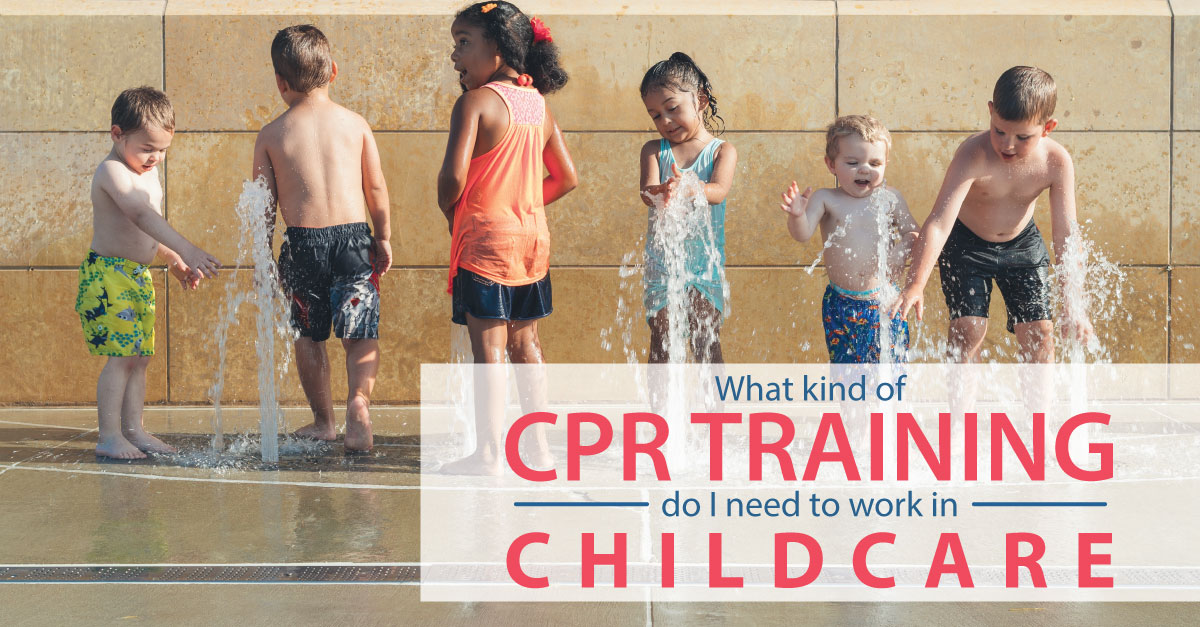


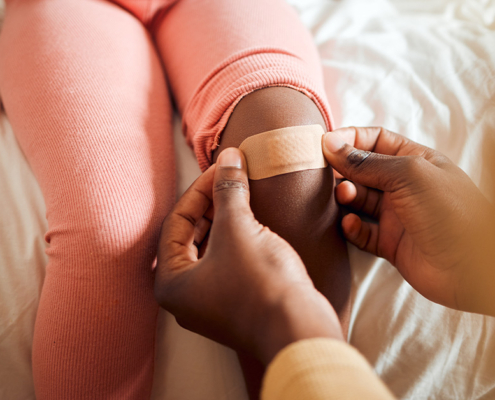

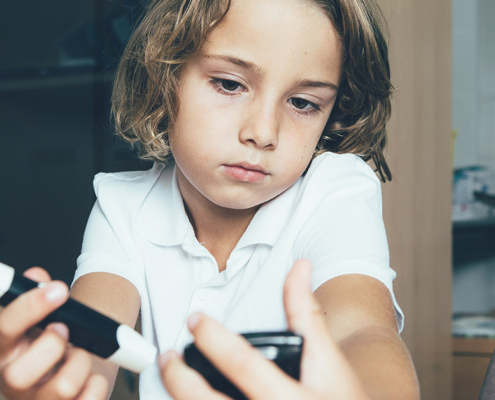
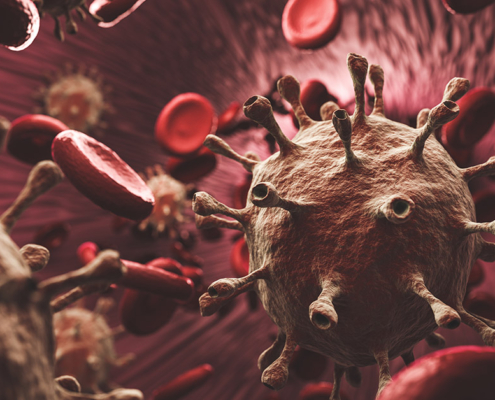



返信を残す
Want to join the discussion?Feel free to contribute!